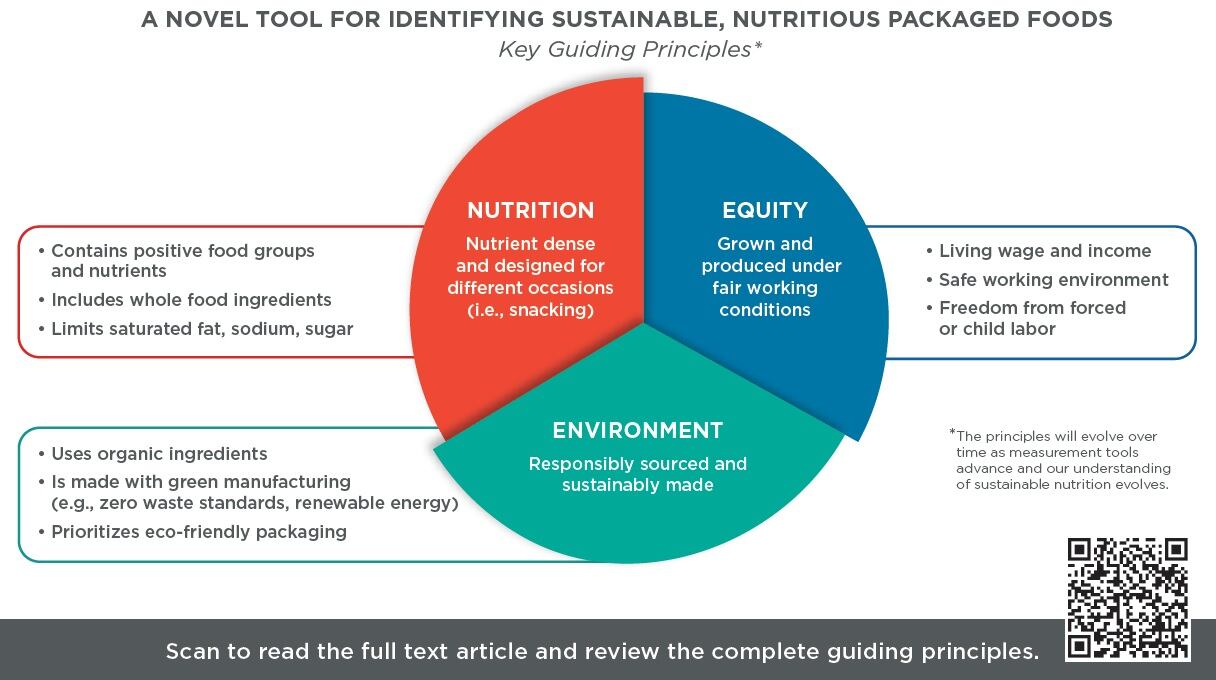IFIC examined U.S. consumer perceptions and purchasing habits regarding processed food and beverages as part of a survey of 1,000 adults in 2022.
“Despite the familiarity with the term ‘ultra-processed’ among those in the food and nutrition spaces, this isn’t the case for the average consumer – two in three (66%) said they have not heard of the term ‘ultra-processed foods,’ while 25% said they had heard of the term and 10% were not sure,” Marisa Paipongna, manager, research and nutrition at IFIC explained in an email to FoodNavigator-USA.
The US Departments of Agriculture and Health and Human Services are in the midst of updating the Dietary Guidelines for Americans, and are for the first time examining the role of ultra-processed foods in American diets.
The guidelines “provide science-based advice on what to eat and drink to promote health, reduce risk of chronic disease, and meet nutrient needs,” and the updates will be used in the development of federal food, nutrition and health policies, such as school lunch programs. The Dietary Guidelines for Americans are slated for publication in 2025.
Difference in processed and ultra-processed
For many consumers, defining processed vs. ultra-processed foods can present a conundrum, signaling a potential opening for packaged-food marketers to help explain the differences.
Fifty-three percent of consumers agreed there’s a difference between processed and ultra-processed foods, while 21% said they were unsure, according to the IFIC report, Perceptions on Processed: Consumer Sentiment and Purchasing Habits.
Those most likely to agree that there’s a difference were also mostly likely to say they have a high understanding of processed foods and a familiarity of ultra-processed foods. That demographic included men, consumers with incomes higher than $80,000 per year, consumers under age 45 and those with college degrees were more likely to report a high understanding of processed foods.
However, 29% of consumers said they have a “moderately high” understanding of processed foods, choosing the survey answer: “I can only somewhat explain what processed foods are, but I can easily identify examples of processed foods.”
Consumers tend to rely on ingredient lists to find out if a food or beverage is processed, according to the report.
Overcoming negative connotations
US consumers see both positives and negatives with processed foods.
For instance, convenience, affordability, shelf-life and taste were viewed as the most positive aspects of processed foods, while their impact on health, ingredient quality and nutrition were seen as negatives.
However, the negative aspects haven’t stopped consumers from purchasing processed foods. Despite just 55% of consumers agreeing that processed foods can be part of a healthy eating pattern, 81% of consumers keeping shelf-stable, canned or packaged foods in their households.
Moreover, approximately two-thirds agree that shelf-stable processed foods help cut down on food waste, suggesting an environmental silver lining to processed foods.
“Americans say they would be more likely to buy a processed food if it was less expensive, fortified with vitamins and minerals, lower in sugar and/or lower in sodium,” Paipongna said.



